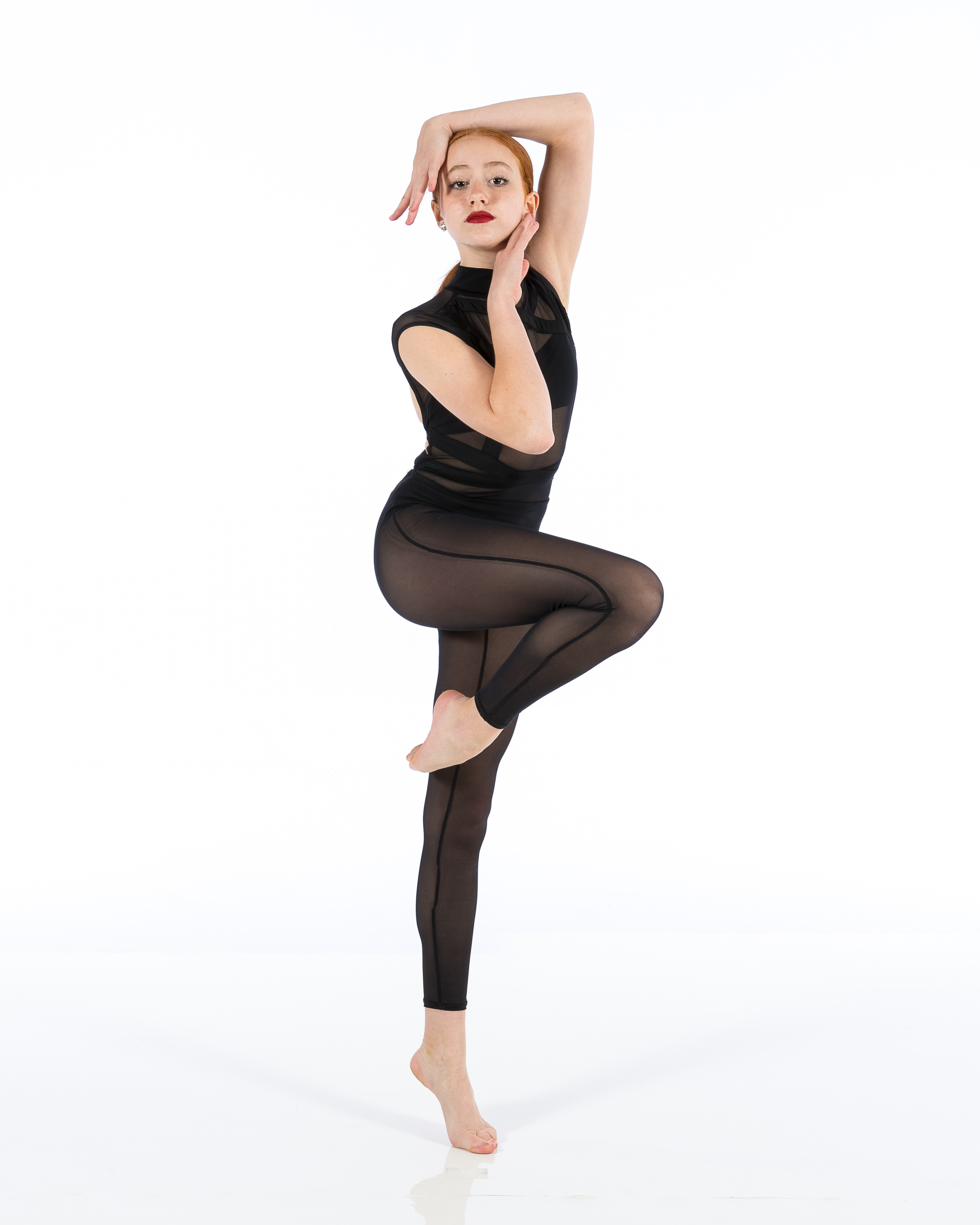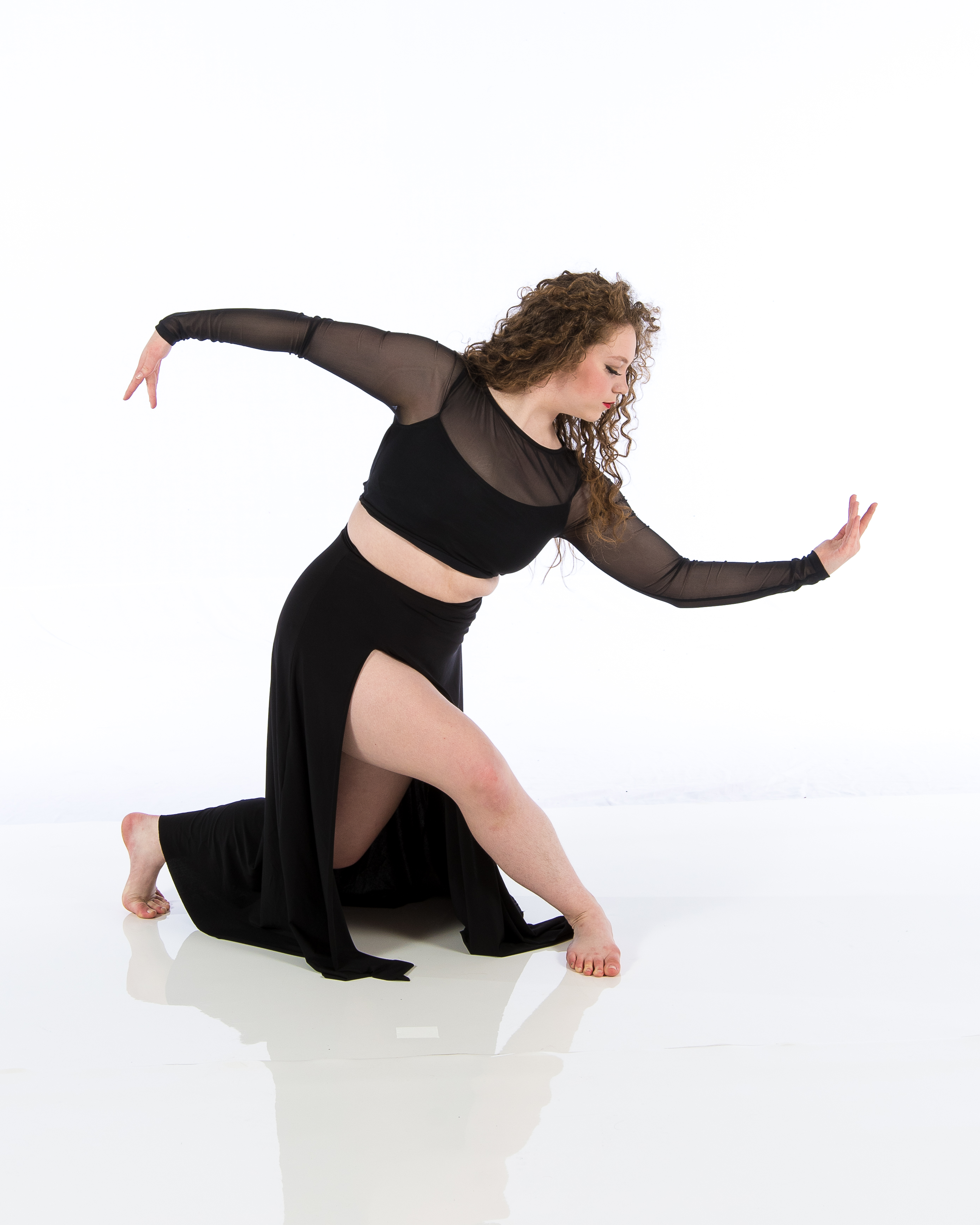Introduction
Hip hop dance is not just a form of movement; it's a vibrant cultural expression that resonates with the rhythm of urban life. Emerging from the streets, this dynamic genre has evolved into various styles, each showcasing its unique characteristics. In this article, we will dive deep into the contrasting worlds of street style and stage style in hip hop dance. We’ll explore their origins, evolution, techniques, and how they contribute to the broader culture of hip hop.
Whether you are an aspiring dancer or a curious enthusiast, this exploration of "Street Style vs Stage Style: Different Worlds of Hip Hop Dance" will offer insights into how these two forms coexist yet remain distinct.
What is Hip Hop Dance?
Hip hop dance encompasses a range of street dance styles primarily performed to hip hop music. It includes several sub-genres like breaking, locking, and popping among others. This dance form emerged in the late 1970s and has since grown exponentially in popularity, influenced by various cultures and styles.
The Essence of Hip Hop Culture
At its core, hip hop culture consists of four main elements:

These elements interweave to create a rich tapestry that defines what hip hop stands for—community, resistance, and creativity.
Street Style: The Heartbeat of Hip Hop
Street style is where hip hop dance truly flourishes. This style reflects the raw energy and authenticity born from urban environments.
Origins of Street Style in Hip Hop Dance
Street style emerged organically from neighborhoods across America during the 70s and 80s. Dancers would showcase their skills at block parties and public spaces, allowing for spontaneous creativity.
Characteristics of Street Style
- Improvisation: Street dancers often improvise their moves based on music. Authenticity: Reflects real-life experiences and struggles within urban communities. Social Interaction: Engages audiences directly through cyphers (dance circles).
Popular Street Styles
Some popular street styles include:
- Breaking Locking Popping Krumping
Each style carries its own history and technique while contributing to the overall essence of street dance.
Stage Style: The Performance Aspect
Stage style represents hip hop when it goes theatrical—it's polished, choreographed, and designed for an audience.
The Evolution of Stage Style in Hip Hop Dance
As hip hop gained mainstream attention, choreographers began creating structured performances for competitions and concerts. The transition from street to stage marked a significant shift in how hip hop was perceived.
Characteristics of Stage Style
- Choreographed Sets: Highly organized routines tailored for performance. Costumes: Generally more elaborate than street attire. Visual Presentation: Focus on visual storytelling that connects with audiences emotionally.
Popular Stage Styles
Some popular stage styles include:
- Jazz Funk Contemporary Hip-Hop Lyrical Hip-Hop
These styles often merge traditional hip hop elements with other genres to create visually stunning performances.
Differences Between Street Style and Stage Style
Understanding the differences between these two worlds can enhance your appreciation for both forms.

| Aspect | Street Style | Stage Style | |---------------------------|---------------------------------------|--------------------------------------| | Origin | Grassroots | Choreographed | | Execution | Improvisational | Structured | | Audience Interaction | Direct engagement | Observational | | Costumes | Casual attire | Elaborate costumes | | Musicality | Raw beats | Curated melodies |
Summary: While street style thrives on spontaneity and authenticity, stage style emphasizes choreography and theatricality.
Similarities Between Street Style and Stage Style
Despite their differences, both styles share common threads that tie them together within the realm of hip hop dance:
Both are rooted in African American culture. Each requires skillful execution with musicality. They foster community through shared passion. Both continue to evolve over time while influencing each other’s techniques.
Exploring Popular Dancers in Both Styles
Iconic Street Dancers
Crazy Legs – A pioneer in breaking who put hip hop on the map. Poppin' Pete – A legendary figure known for his unique popping techniques.Prominent Stage Dancers/Choreographers
Jamal Sims – Renowned choreographer who has worked with major artists like Usher. Lindsay Crouse – Known for her innovative blend between contemporary dance and hip-hop styles.These dancers have contributed significantly to their respective styles while shaping the perception of hip hop as a serious art form.

Techniques That Define Each Style
Street Techniques
Breaking Moves
Breaking includes foundational moves like:
- Top Rock Down Rock Power Moves
Locking Techniques
Locking focuses on quick movements followed by pauses or “locks,” creating a quirky yet rhythmic vibe.
Popping Techniques
Involves contracting muscles quickly to create jerky motions representing movement (often referred to as “waves”).
Stage Techniques
Choreography Fundamentals
Stage choreography incorporates formations (lines, circles) emphasizing visual aesthetics over improvisation.
Storytelling Through Movement
Choreographers use movements to convey emotions or narratives through detailed sequences rather than freestyle expressions prevalent in street dancing.
Fashion Influences: How Attire Distinguishes Styles
Street Fashion
Reflects everyday wear—baggy jeans, sneakers, caps—allowing dancers flexibility during performances.
Stage Fashion
Generally involves brighter colors or themed costumes that stand out under stage lights but may restrict movement slightly due to design choices made for visual impact rather than comfort alone.
Training Methods: Preparing for Each World
While both street dancers often learn through experience and informal settings like cyphers or battles; stage dancers typically undergo structured training sessions where they focus on technique refinement alongside performance preparation methodologies including:
Group rehearsals Individual practice Masterclasses taught by industry professionals
Battles vs Competitions: The Spirit Of Hip Hop Dance
Both battles (often associated with ballet dance studio street styles) showcase raw talent & improvisation against competitors while competitions focus heavily on choreography & polished presentations idealizing entertainment value over authentic expression without losing sight entirely from original roots laid down by pioneers decades ago!
FAQs about Street Style vs Stage Style: Different Worlds of Hip Hop Dance
What is the main difference between street style and stage style in hip-hop dance?- The primary difference lies in execution; street style focuses on improvisation while stage style emphasizes choreographed routines performed for an audience.
- Absolutely! Many dancers seamlessly incorporate elements from both worlds in their performances or personal dancing styles today—creating unique combinations that reflect individual artistry!
- Neither is superior; they serve different purposes within the broader context of hip-hop culture—each offering valuable perspectives worth exploring!
- While formal training can enhance skills significantly especially regarding stage performance—it isn’t strictly necessary! Many successful dancers thrive through self-taught methods combined with practice & passion!
5 . What should I wear when practicing street-style dancing versus stage-style dancing?
- For street-style practice opt towards comfortable casual clothes allowing full range motion; conversely dressing up more elaborately suited toward performance aspects if focusing solely upon staged events!
6 . How has social media impacted both styles?
- Social media platforms provide exposure opportunities leading individuals into discovering new trends/challenges which help advance knowledge base surrounding these varied approaches—allowing greater access & inspiration across global communities involved within this art form!
Conclusion
In conclusion, understanding "Street Style vs Stage Style: Different Worlds of Hip Hop Dance" enriches our appreciation for this dynamic art form rooted deeply within diverse cultures worldwide! Each element offers invaluable lessons about community engagement creativity resilience adaptability—all essential traits reflected throughout historical journeys faced since inception decades ago! So whether you’re hitting those cyphers on city streets or stepping onto grand stages remember—you’re partaking into something much larger than yourself—a living breathing celebration honoring past present future generations alike through power rhythm movement! Keep dancing!